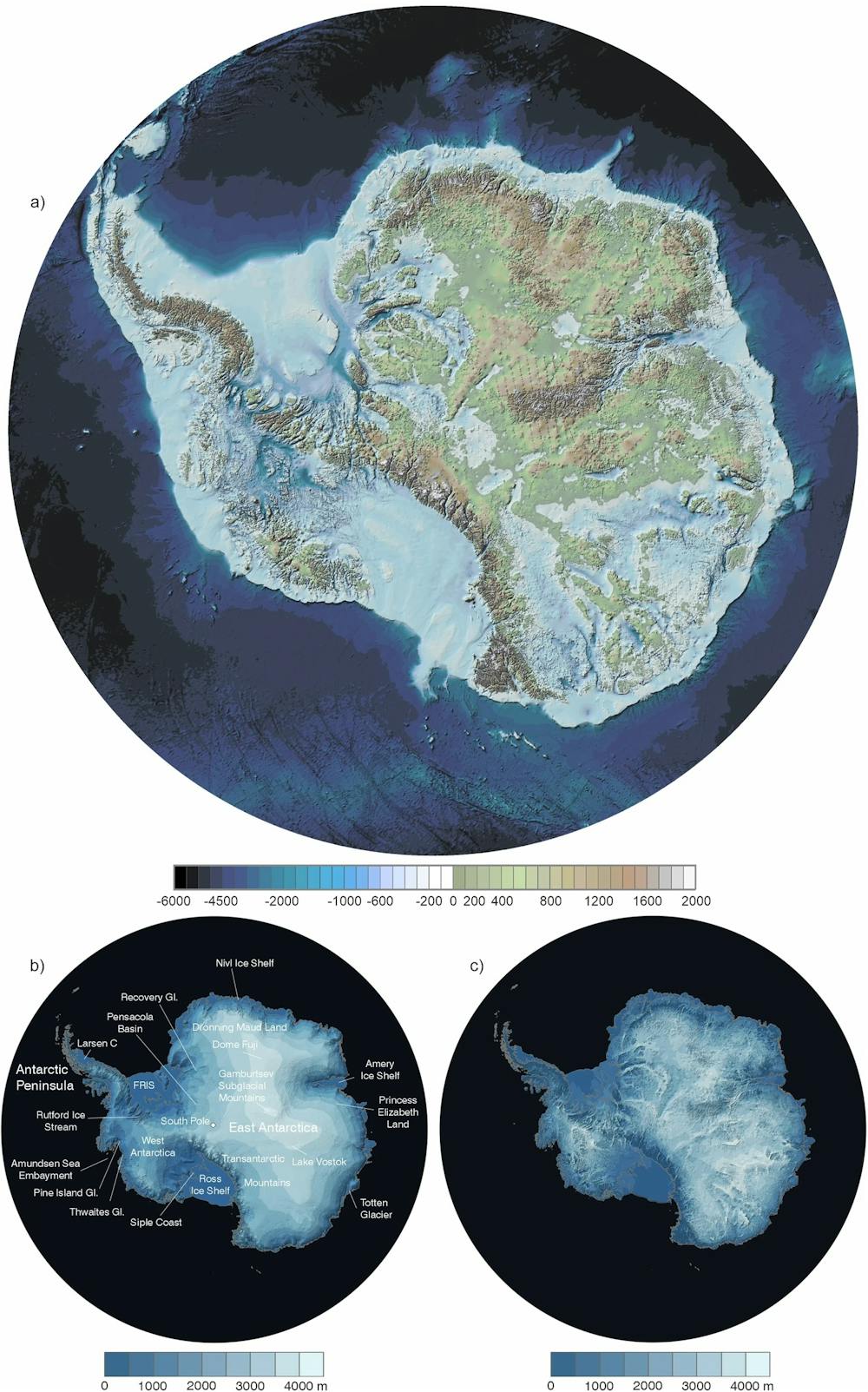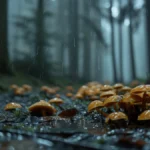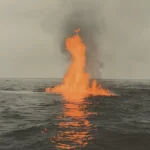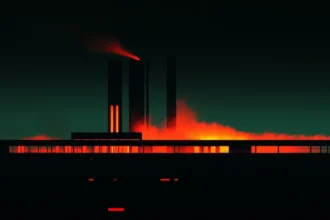Hidden Mountains Under Antarctica’s Ice!
Did you know there are huge mountains completely buried under ice in Antarctica? Scientists have found an entire mountain range that no one can see! These mountains are called the Gamburtsev Mountains. TheConversation website shared this amazing news about mountains that have been hiding for millions of years. These mountains are as big as the ones in Europe, but they’re completely covered by thick ice!
How Did Anyone Find Mountains They Can’t See?
Scientists from Russia first discovered these hidden mountains in 1958. They couldn’t see the mountains with their eyes because of all the ice. Instead, they used special tools that make sound waves. These sound waves bounce back like echoes when they hit something solid.
The scientists could tell there were mountains under the ice by listening to these echoes! This happened during a special time called the International Geophysical Year(1957-58), when scientists from many countries worked together to learn about Earth.
What Are These Hidden Mountains Like?
The Gamburtsev Mountains are right in the middle of East Antarctica, the coldest place on Earth. They sit under the highest part of the East Antarctic ice sheet, near places called the Prince Charles Mountains and Denman Glacier.
If we could remove all the ice, we would see mountains that look a lot like the European Alps! They are very tall and stretch across a huge area. But unlike the Alps that we can visit and climb, these mountains are completely hidden from our eyes.
| What We Know About The Hidden Mountains | How They Compare To Mountains We Can See |
|---|---|
| They are buried under kilometers of ice | Most mountains we know stick up above the ground |
| They are as big as the European Alps | The Alps are mountains many people visit in Europe |
| They are in the middle of East Antarctica | This is one of the hardest places on Earth to visit |
How Old Are These Mountains?
These mountains are super old – they started forming about 650 million years ago! That’s way before dinosaurs lived on Earth. Scientists have figured out that these mountains have a very long history. By 580 million years ago, they had grown to be as tall as the Himalaya mountains (where Mount Everest is).
Then, around 500 million years ago, the deep rocks under the mountains got so hot they started to melt a little bit.
All this happened when giant pieces of Earth were slowly crashing together to make a super-big land called Gondwana. Gondwana was like many of today’s countries all stuck together in one huge piece. The mountains formed right where these giant land pieces bumped into each other.

How Did The Mountains Form?
The mountains formed when at least two huge pieces of land crashed into each other over 700 million years ago. When these pieces hit, the land got squished and pushed upward, making mountains. It’s a bit like when you push two rugs together on the floor – they wrinkle up where they meet.
Something really interesting happened under these mountains too. The rocks deep down got very hot and started to flow sideways, like very slow-moving honey. Scientists call this “gravitational spreading.” This helped shape the mountains we can’t see today.
How Do Scientists Study Mountains Under Ice?
Scientists study these hidden mountains using tiny special rocks called zircons. These zircons came from ancient rivers that once flowed from the mountains. Scientists found these zircons in sandstones near the mountains. Zircons are amazing because they work like nature’s clocks! They have tiny bits of uranium inside them that changes very slowly over time. By studying these zircons, scientists can tell:
- When the mountains first started to rise up (about 650 million years ago)
- When they reached their tallest height (about 580 million years ago)
- When the deep rocks stopped melting (about 500 million years ago)
- How the mountains changed over millions of years
Scientists published what they learned in a special science book called Earth and Planetary Science Letters. Their work helps us understand Earth’s history better.
Why Are These Hidden Mountains So Special?
Most mountains slowly wear down over time because rain and wind break them apart. But these mountains are special because they’ve been covered by ice for so long that they’re very well preserved. Scientists call them “one of the best-preserved ancient mountain belts on Earth.” They’re like a time capsule from hundreds of millions of years ago!
Studying these mountains is very hard because of all the thick ice covering them. But each new discovery helps us learn more about how our planet has changed over its long history. The hidden Gamburtsev Mountains tell us an amazing story about Earth’s past that we’re still working to understand fully.











